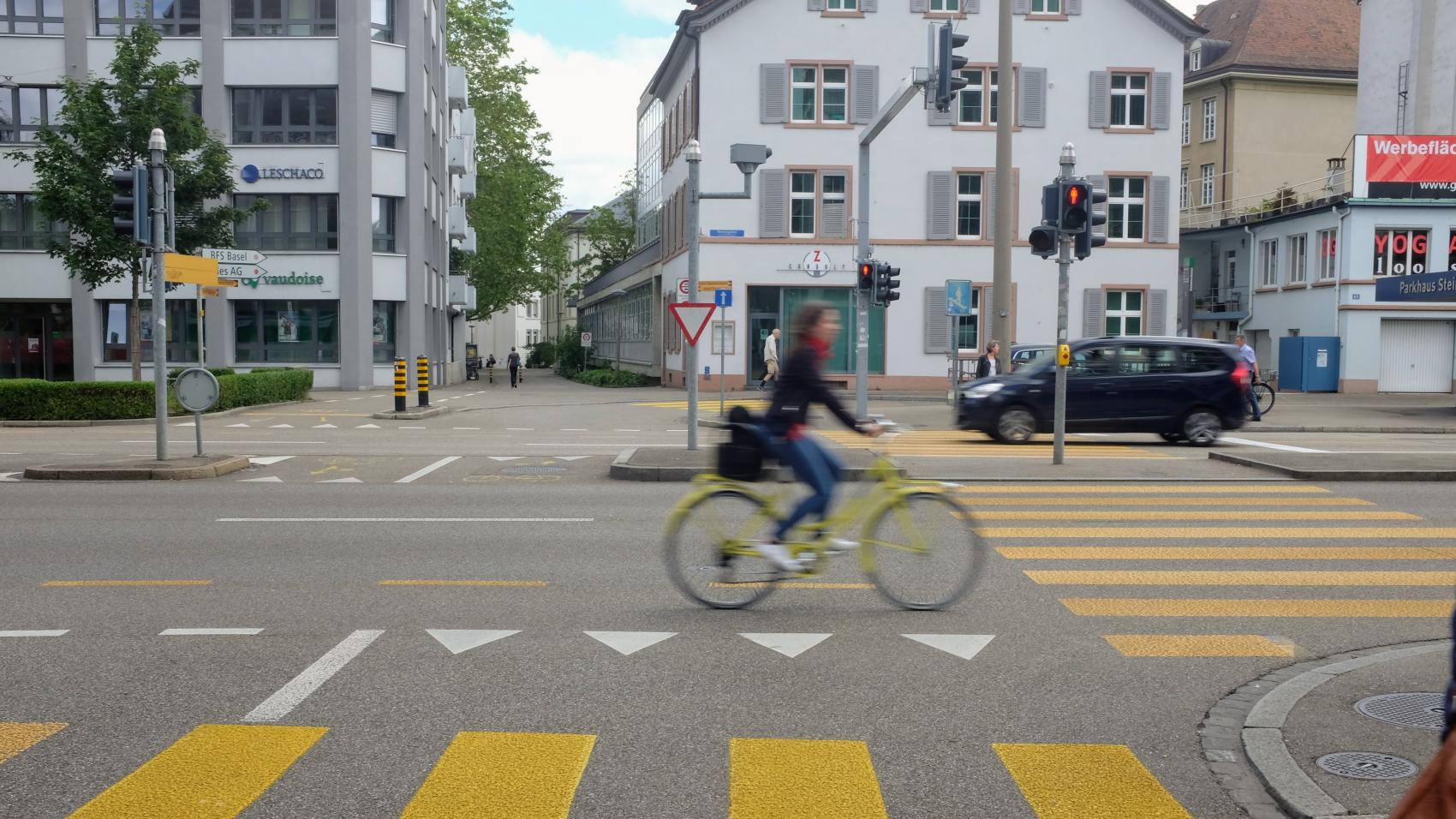
Data collection as the basis for better road safety
Experience shows that informed policy-making often translates into good policy-making. Today we explore another important element of road safety outlined in the Best Practice Guide of the Safety Cycling Advocacy Program: data collection. Getting a comprehensive view of the risks that cyclists face, will enable urban planners to design better solutions for cycling safety.

The most recent (2018) European Commission report on cycling safety states that the number of accidents in a country is negatively related to the total amount of cycling (see graph). In countries where people cycle the longest distances, cyclists, in general, have a lower fatality rate. This is often referred to as the safety in numbers effect. Yet, basing analyses on incomplete data can lead to incomplete conclusions.
To get an accurate overview, public authorities should go beyond accident and distance figures. For example, they could look at the percentage of the road network with a 30 km/h speed limit, how many kilometers of proper cycling infrastructure it features, or investigate the proportion of cyclists and pedestrians who feel safe. The citizen's perspective is essential to understanding road safety, making it crucial to survey a broad sample of the population - not only cyclists - to understand how cycling (safety) is perceived by the whole society.
We at the European Cyclists’ Federation recommend some other specific Key Performace Indicators (KPIs) when collecting data about cycling safety. For instance, it is essential to study the impact of infrastructure on cyclists and all road users, as well as road users’ behavior and interaction, and many other factors.
The Netherlands and Denmark, two countries with high levels of cycling and low numbers of cyclist fatalities make good use of different sources of data. Even though they’re far from perfect, by cross-checking statistics created by different institutions, they manage to get a much better picture of the key elements improving or degrading road safety. For example, in the Netherlands there is a national registration system, based on insurers, police and hospital data.

Cyclist in Steinengraben, Basel, Switzerland
The emerging world of Smart Cities and Intelligent Transport Systems may sound futuristic, but many European cities are already leveraging the knowledge they have about transport habits to make our streets safer. Transport systems that gather key data for road safety policies are already commonplace across the continent. For example, the Variable Message Signs (VMS) for Cyclists in Copenhagen, which not only give real-time feedback to cyclists about disruption on the road but also helps the policymakers to analyze traffic flows and improve the existing infrastructure.
Bike-sharing schemes, e-scooter, and other micro-mobility sharing apps, and even private cyclists’ apps are a particularly powerful information source about people’s mobility habits and traffic accidents. Appropriate regulation can ensure that public authorities have free and open access to these sources of information.
This being said, we should not forget the value of stakeholder input for policy-makers. Consultation with cycling organizations and a wide variety of other parties will provide not only the legitimacy for the safety interventions but also bring to the surface many unknown ideas, issues, and variables that are only visible to those that experience them every day. Local activists are often the best resource cities can have access to.
To know more about data collection for safer roads, consult the SCAP Best Practice Guide, take a look at ECF’s website, or ask the ECF member in your country.
Topics:
Contact the author
Recent news!
Upcoming events
Contact Us
Avenue des Arts, 7-8
Postal address: Rue de la Charité, 22
1210 Brussels, Belgium









